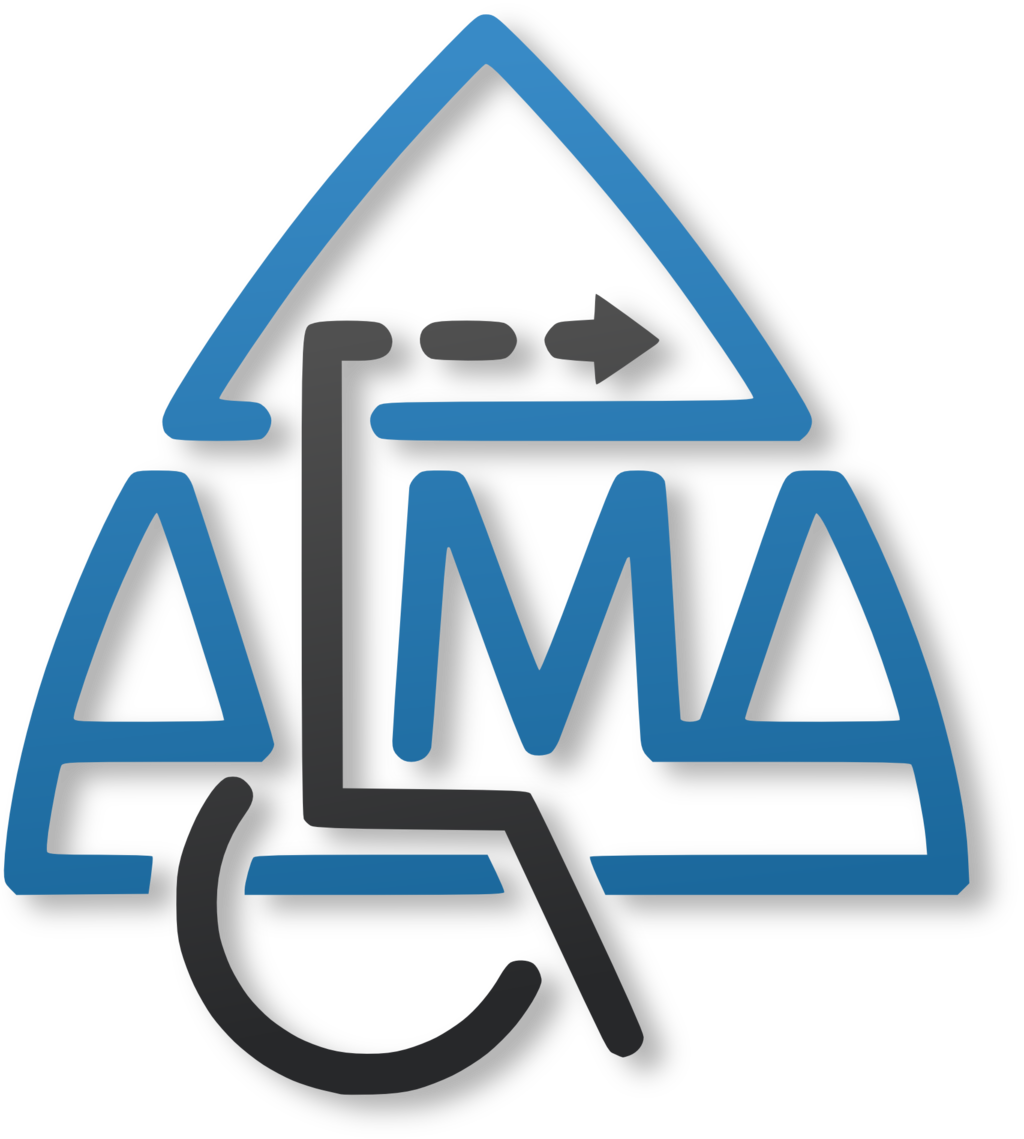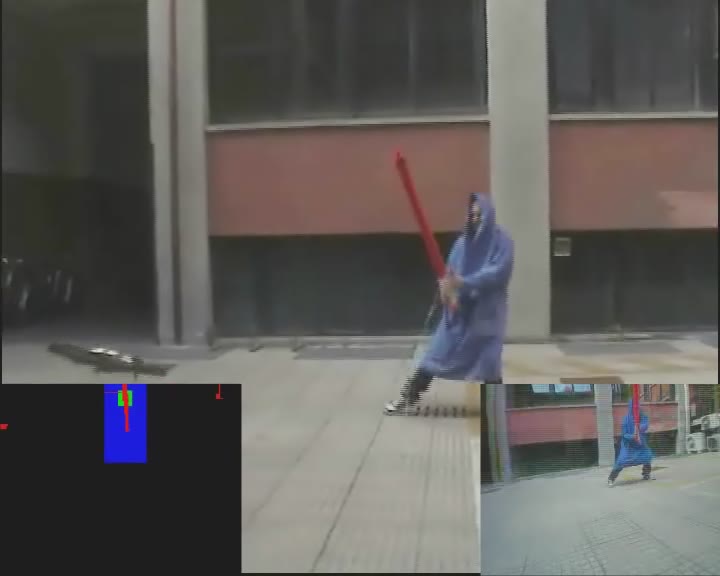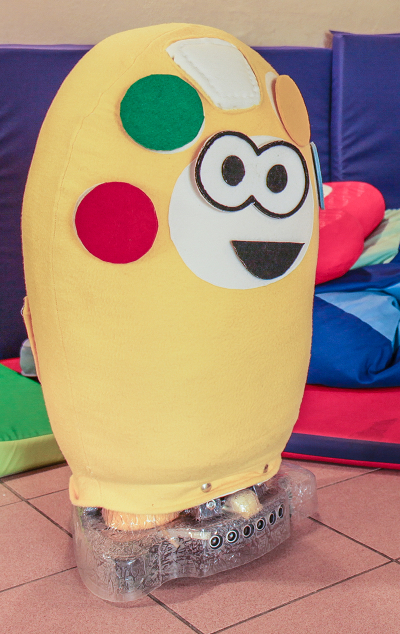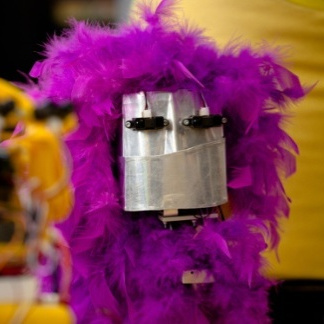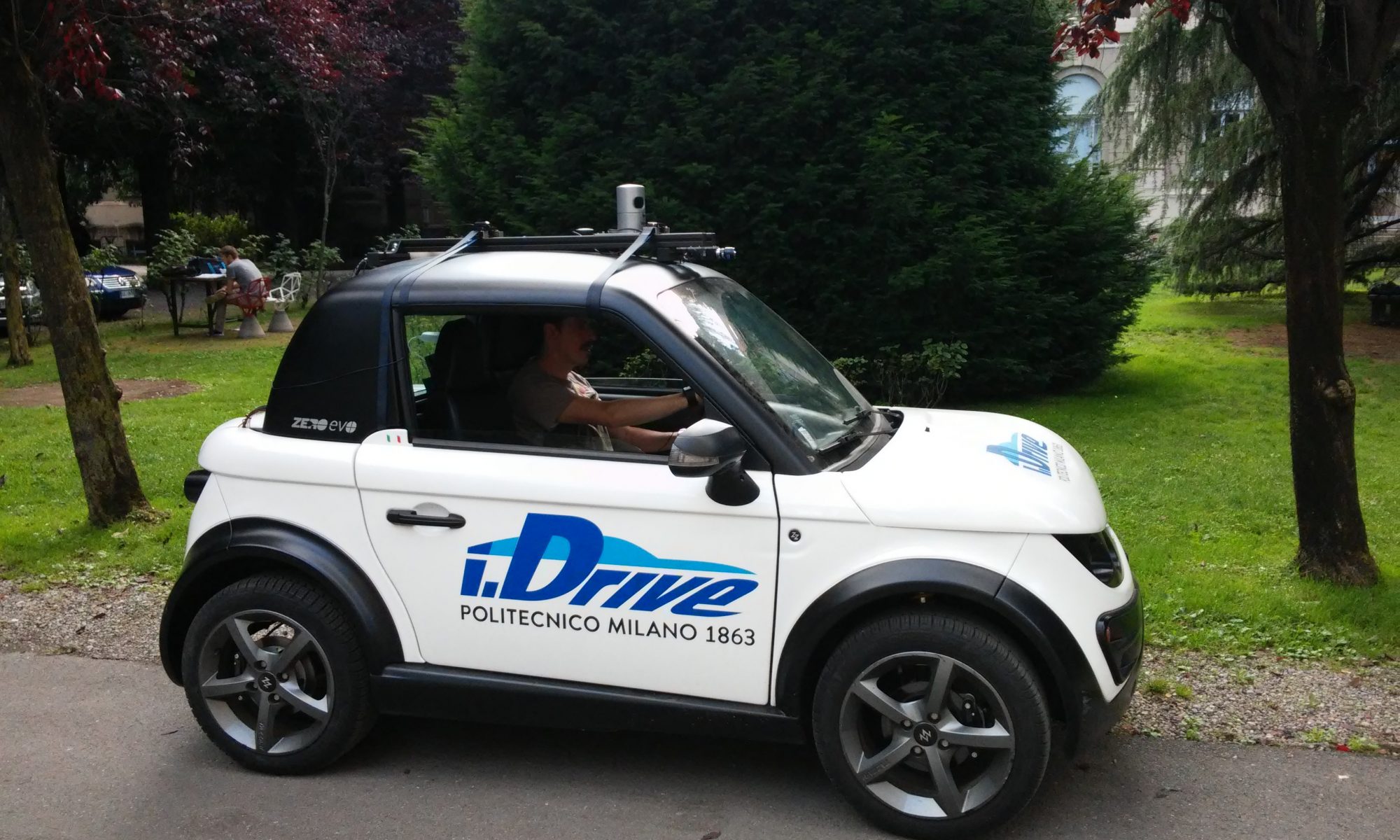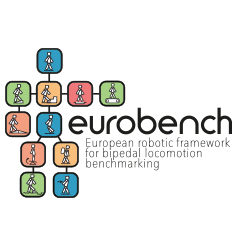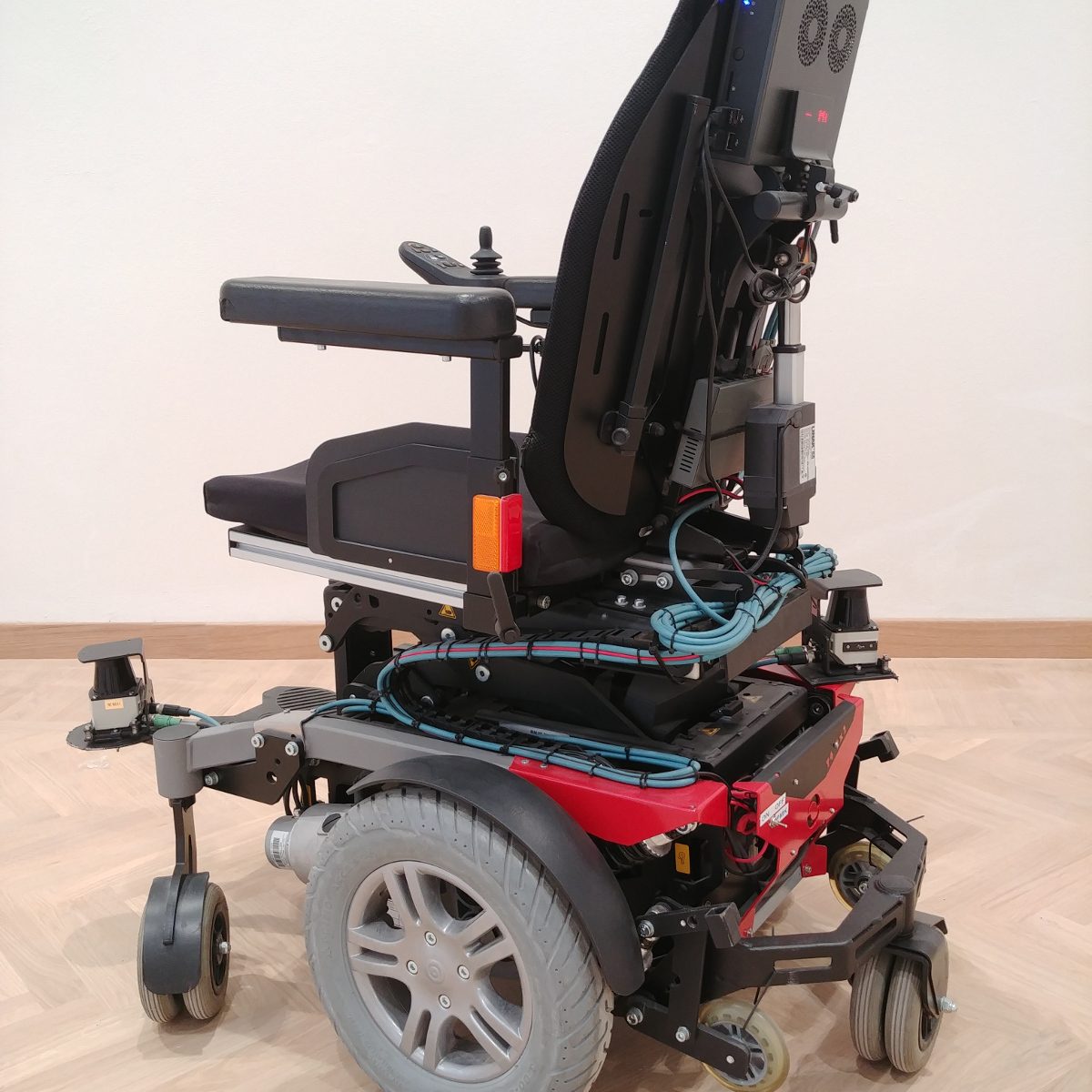ALMA (Ageing Without Losing Mobility and Autonomy) is a European project focused on supporting the autonomous mobility, navigation, and orientation of the mobility-impaired person (elderly and/or temporarily or permanently disabled person).
The ALMA system is a modular combination of advanced hardware and software technologies into an integrated and modular cost-effective system. AIRLab contributed to ALMA with its Personal Mobility Kit.
Contact: Matteo Matteucci
For additional details: http://www.alma-aal.org/

